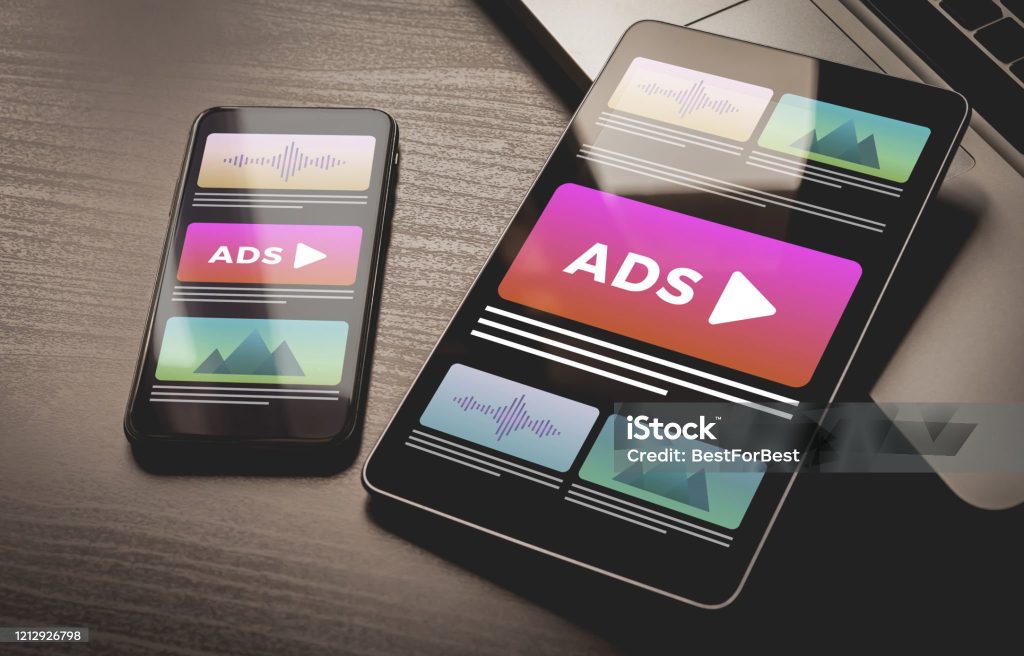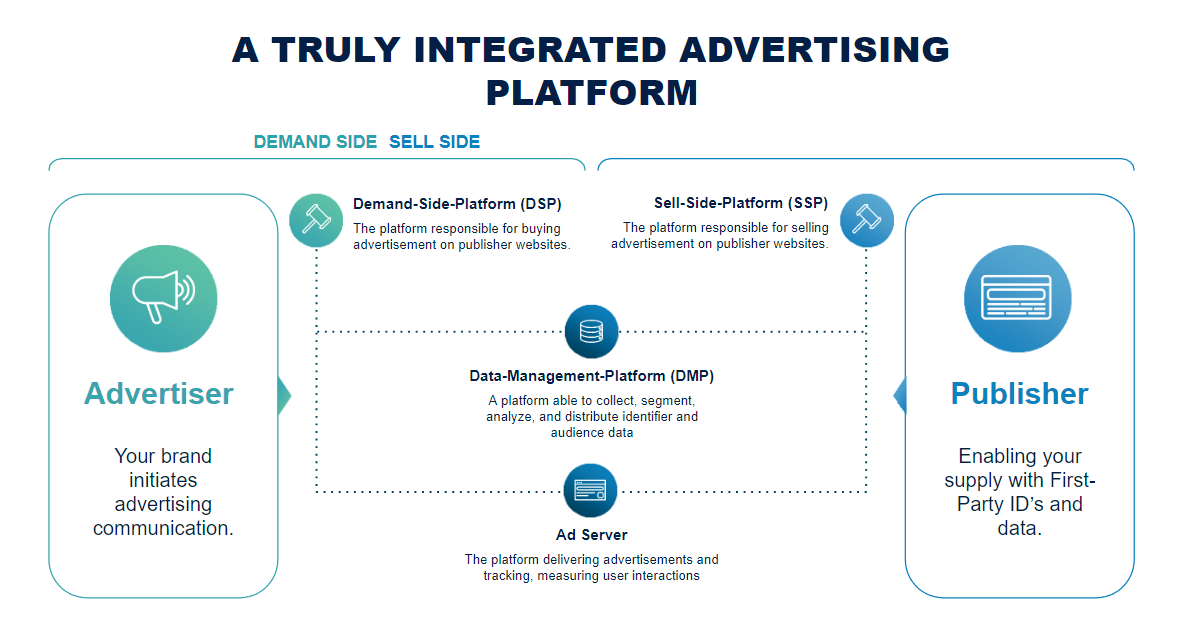Have you ever wondered who really sees your ads? As a digital marketer, ensuring your message reaches the right audience at the right time is crucial. But how can you achieve this with precision and efficiency?
Enter programmatic advertising.
What is Programmatic Advertising?
Programmatic advertising is the use of automated technology for buying and selling online advertising space. Unlike traditional methods, which often involve manual negotiations and insertion orders, programmatic advertising leverages advanced algorithms and real-time data to ensure that ads are served to the right users at the right time and at the right price.

This technology-driven approach is facilitated through several key components:
Demand-Side Platforms (DSPs): These platforms allow advertisers to bid on ad inventory across multiple websites and media outlets. They help advertisers target specific audiences based on various parameters, such as demographics, interests, and online behavior.
Supply-Side Platforms (SSPs): These platforms help publishers sell their ad space. SSPs connect with multiple ad exchanges, allowing publishers to maximize their revenue by reaching a larger pool of potential buyers.
Ad Exchanges: These are digital marketplaces where DSPs and SSPs interact, facilitating the buying and selling of ad impressions through real-time bidding (RTB).

How Programmatic Advertising Works
Imagine you’re a car dealer who has just added a new model to your showroom – an eco-friendly electric car. You want to make sure that environmentally conscious drivers know about this exciting new option. Instead of guessing who might be interested, programmatic advertising acts like a smart assistant. This assistant monitors people’s online behavior, such as searching for electric car reviews, looking up charging stations, or visiting green living websites. It then ensures that your ads are shown to the right audience at the perfect time, optimizing both reach and relevance.
Programmatic advertising works by automating the ad buying process through the following steps:
Data Collection: The process starts with collecting data on users’ online behavior, interests, and demographics. This data is gathered from various sources, including cookies, device IDs, and user profiles.
Audience Segmentation: The collected data is analyzed to segment the audience into specific groups based on their behavior and preferences. For instance, car dealers might target users who frequently search for electric car information or visit green living blogs.
Real-Time Bidding (RTB): When a user from one of the target segments visits a website, an ad impression is put up for auction in real-time. Advertisers use DSPs to bid on this impression. The highest bid wins, and the ad is displayed to the user almost instantly.
Ad Serving: Once the bid is won, the ad is served to the user on the publisher’s site through an SSP. This ensures that the ad reaches the right person at the right time.
Performance Tracking: The effectiveness of the ad is tracked in real-time. Metrics such as click-through rates (CTR), conversions, and engagement levels are monitored to optimize the campaign further.
Benefits of Programmatic Advertising
Efficiency and Time-Saving: Programmatic advertising automates the entire process of ad buying, eliminating the need for time-consuming negotiations and manual insertion orders. This allows marketers to focus more on strategy and less on logistics.
Improved Targeting and Personalization: By leveraging real-time data and sophisticated algorithms, programmatic technology can deliver highly targeted ads tailored to individual users based on their online behavior and interests. This leads to more relevant ads and higher engagement rates.
Real-Time Data and Analytics: Advertisers can access and analyze data in real time, allowing for immediate adjustments and optimization of campaigns. This real-time feedback loop ensures that campaigns are constantly refined for better performance and a higher return on investment (ROI).
Cost-Effectiveness: Programmatic advertising is often more cost-effective than traditional methods. By targeting specific audiences and utilizing real-time bidding, advertisers can control costs and ensure efficient use of their budget, reducing wasted impressions.
Scalability and Flexibility: Programmatic platforms offer unparalleled scalability, allowing marketers to quickly adjust campaigns based on performance data or shifting market trends. This adaptability is crucial in the fast-paced digital environment.
Challenges of Programmatic Advertising
Despite its advantages, programmatic advertising does come with its challenges, such as the risk of ad fraud, privacy concerns, and the complexity of the ecosystem. However, with the right strategies and tools, these challenges can be effectively managed.
Programmatic advertising represents a significant evolution in the digital marketing landscape, offering efficiency, precision, and real-time optimization. By automating the ad buying process and leveraging data insights, it ensures that your ads reach the right people at the right time, ultimately driving better results for your business. As the digital environment continues to evolve, staying informed and adapting to these changes will be key to leveraging the full potential of programmatic advertising.

Leave a Reply